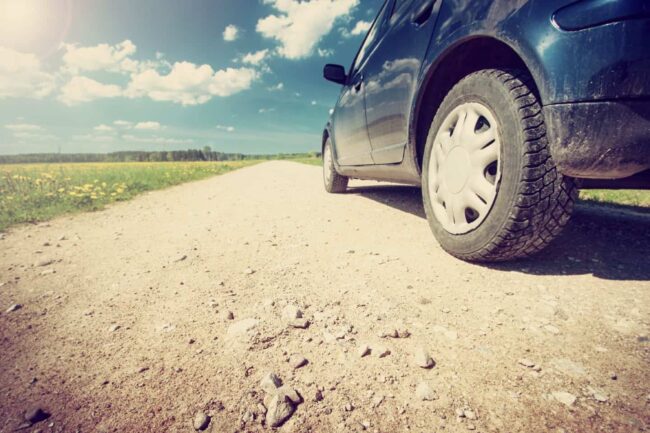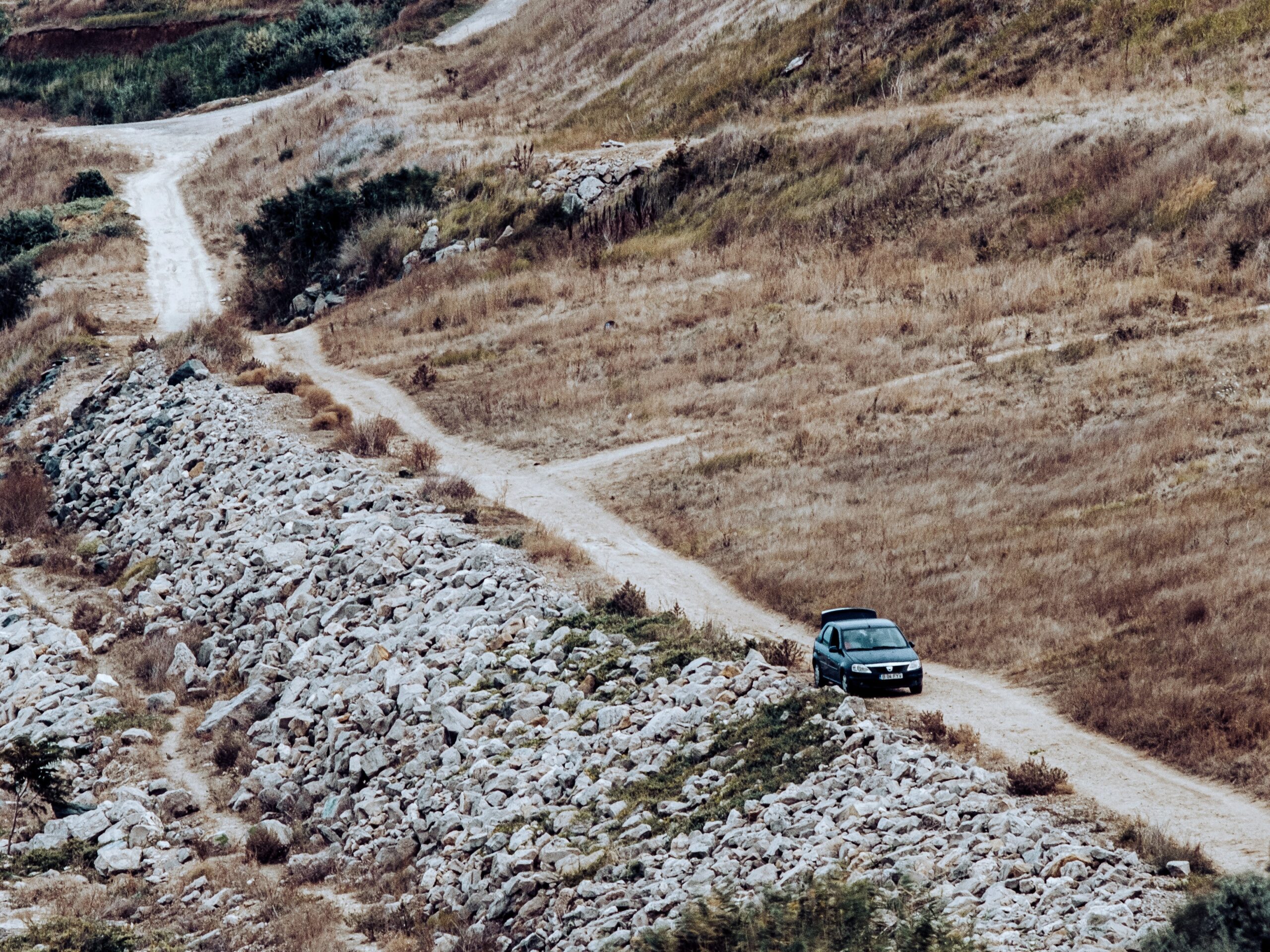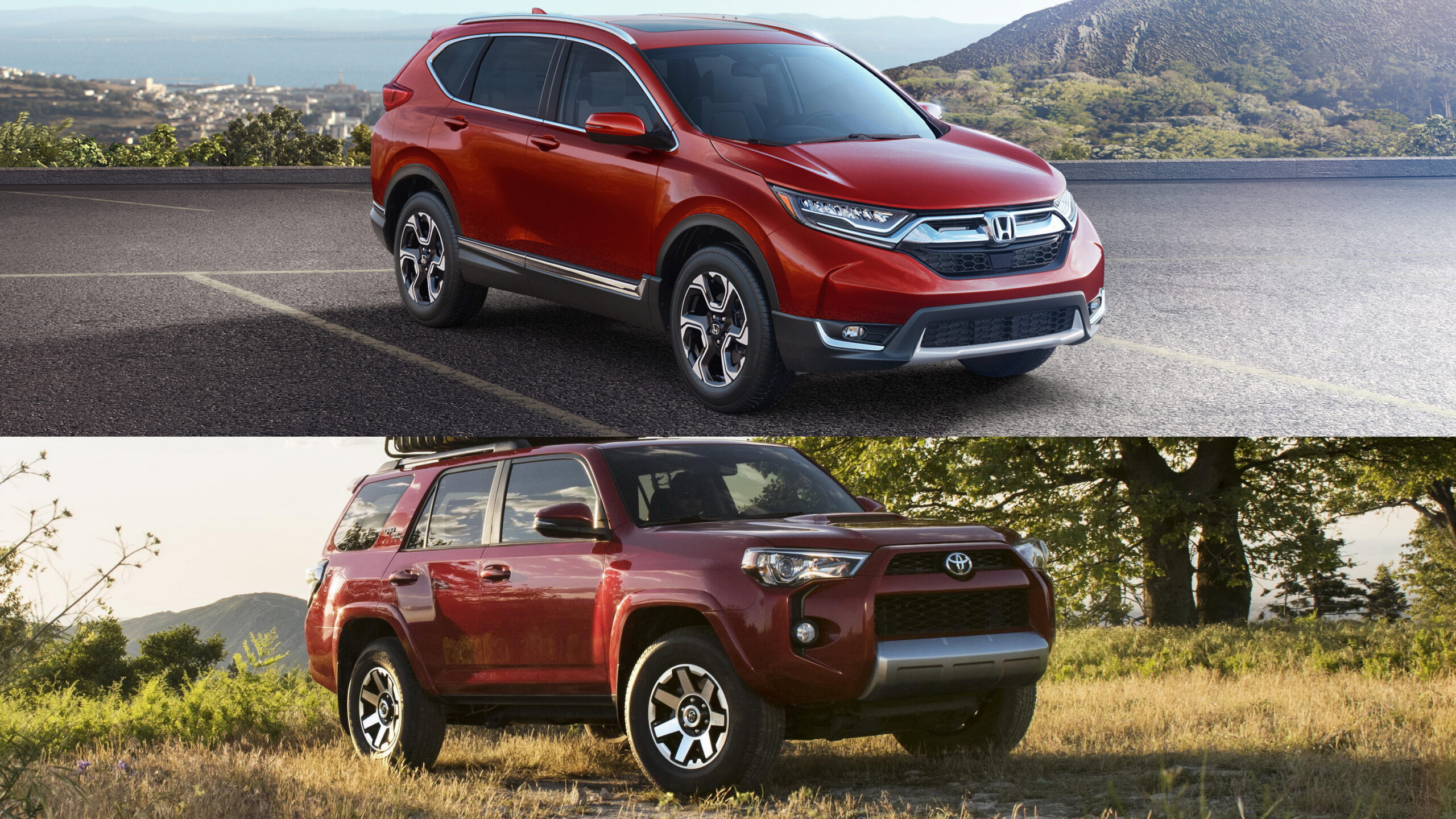Tackling a gravel road with a normal sedan is probably asking for trouble. But can you go on a gravel road trip with a Toyota RAV4, Honda CR-V, Mitsubishi Outlander (check carbuzz.com), or another similar crossover SUV in the compact class? Or do you need something more rugged? The compact crossover class is the most popular class of passenger vehicle in the USA after trucks. Combined Toyota RAV4, Honda CR-V, Chevrolet Equinox, Ford Escape, Subaru Forester, Mazda CX-5, and Nissan Rogue sales in the US in 2024 totaled more than 1.76 million units.
The arrival of the new 2024 Mitsubishi Outlander adds another capable crossover to this list. But are these vehicles suitable for gravel roads, and do they actually live up to their crossover SUV billing? Can they indeed cross over onto more rugged terrain in comparison to normal sedans? The short answer is yes, most of these crossover vehicles offer good gravel-road performance and have the necessary ground clearance and cargo space that should make them ideal for such a road trip.
A Massive Choice Of Vehicles

The increased height and ground clearance of compact crossovers give them a multidimensional ability that normal low-riding sedans with low-profile tires do not have. Increased interior volume means more space inside and models with seven seats are available. However, most are so cramped in the back seat that you’ll be better off folding the third row down and making use of the large resulting trunk instead. The increased clearance means they can go more places as well.
Just to give you an idea of the enormous variety of vehicles that fall roughly in the compact crossover class, here are some, but not nearly all, of them:
- Acura RDX
- Audi Q3, Q3 Sportback, Q4 e-tron, Q4 Sportback e-tron, and Q5
- BMW X1, X2, X3, and X4
- Chevrolet Trailblazer, Bolt EUV, and Equinox
- Ford Escape and Bronco Sport
- Honda CR-V
- Hyundai Tucson
- Jeep Compass
- Kia Sportage
- Land Rover Evoque and Discovery Sport
- Mazda CX-30 and CX-5
- Mercedes-Benz GLB, GLC, GLC Coupe, and EQC
- Mitsubishi Outlander, Outlander Sport, and Eclipse Cross
- Nissan Rogue and Rogue Sport
- Subaru Forester, Crosstrek, and Outback
- Tesla Model Y
- Toyota RAV4
- Volkswagen Tiguan, Taos, and ID.4
- Volvo XC40 and XC60
It goes without saying that there are tons of engine choices among all of these and they differ a lot in terms of size, MSRP, fuel economy, and the number of standard features.
Translating Theory To Reality

Keep in mind that not all these vehicles will be equally adept at gravel-road driving. Large-diameter wheels and tires – say 18 inches and more – present a bigger risk of punctures and ride quality will be worse on rough surfaces.
Some models are offered in AWD, but many are front-wheel drive and might struggle for traction on slippery surfaces. It would be wise to take along an extra spare wheel and tire. Try not to tow a trailer on gravel roads, but if you must, be sure it is gravel-road capable and has a spare wheel as well.
How To Drive On Gravel Roads

Driving on gravel is not the same as driving on paved roads and it is recommended that you familiarize yourself with your vehicle’s behavior on gravel roads first, before embarking on a trip. Here are some general guidelines:
- Speed and driving style. Slow down. You don’t have the grip on gravel that you would have on asphalt and you have to moderate your speed, braking, and cornering to suit the conditions and grip levels. All inputs should be slow and smooth. There might be wildlife around crossing the road and you should be able to stop in time. The faster you drive, the more likely you are to get a puncture, damage your vehicle, or lose control. Pull off the road in dusty conditions where visibility is poor and wait for it to pass. Drive with your headlights on, so you’re always easy to see, especially in the dust.
- AWD or 2WD? Some crossovers’ AWD systems lock the front and rear axles together and this mode is for low speeds and slippery conditions only. It could damage the drivetrain if you drive and turn on dry surfaces in this mode. Others have automatically activating AWD that can be left in the automatic setting. Determine which of the drivetrain configurations your vehicle has and check your handbook to see whether you can drive in AWD all the time without damage.

- Tire pressures. Some people prefer to run their tire pressures a little lower on gravel roads for better ride quality, but tires that are too soft can be dangerous and can overheat and burst. Check for the lowest permissible pressures in your handbook and if you run lower pressures, slow down and avoid high speeds.
- Plan ahead. Dirt-road driving demands your constant attention. Look ahead for potholes, corrugations, and rocks, and drive around all of these obstacles if possible for a smoother ride and to avoid tire and vehicle damage. Look ahead for hidden dips, low-water bridges, blind rises, wildlife, and oncoming traffic. Never follow other vehicles closely. Plan your trips so you don’t have to drive at night.
What To Take Along

Besides all the normal things you would pack for a road trip, you should have at least one, but preferably two spare tires. Take along an air compressor that works off your car’s 12-volt supply to re-inflate tires when necessary. A roadside emergency toolkit and first-aid kit are essential too.
Take along a GPS or ensure that your phone’s GPS maps are updated. Make sure you have a navigation app that works offline, so you can still navigate outside areas with cellphone reception. Be sure to take charger cables and car chargers along to keep your devices going.
Conclusion
Roadtripping on gravel roads will allow you to reach some magical places that would simply have been out of reach if you were restricted to tarmac roads. But don’t depart on such a trip on a whim. Plan your trip, make sure your vehicle is prepared, and gain some experience driving on dirt roads first.
Allow yourself plenty of time to reach your destination and keep in mind that the going is much slower on gravel and the average mileage traveled per day is lower than on normal roads. With a little common sense, you will have an enjoyable road trip. Go explore!
